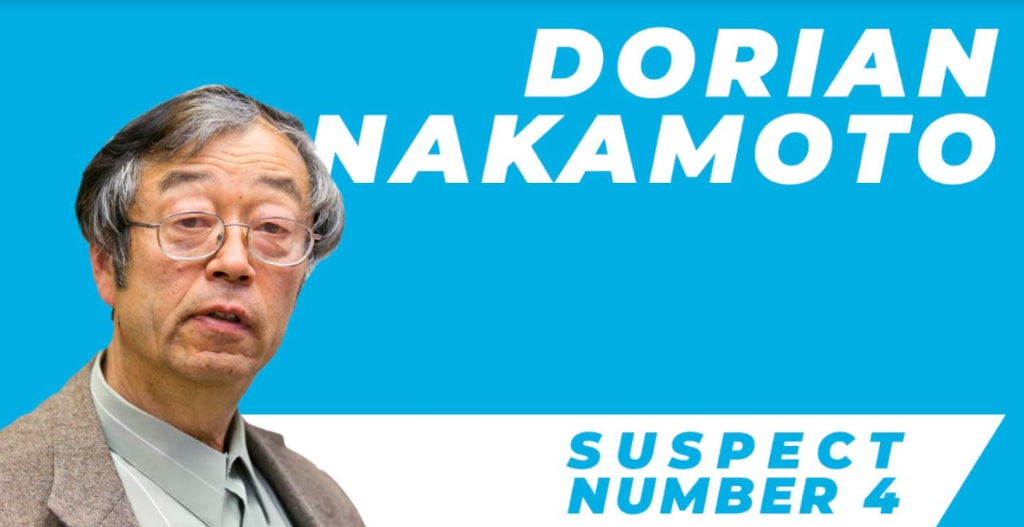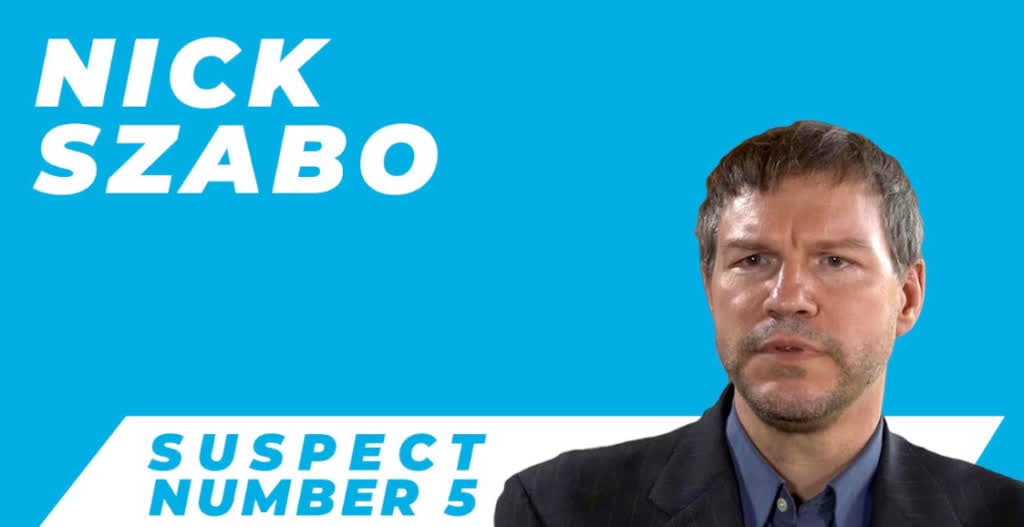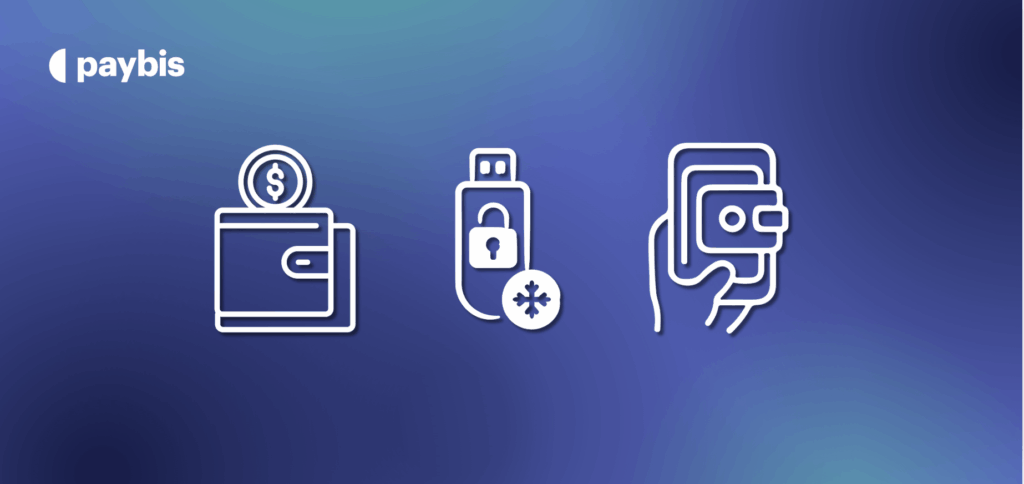Who is Satoshi Nakamoto? Top 6 Contenders
Satoshi Nakamoto is the anonymous creator of Bitcoin and the architect of the first blockchain. In 2008, Satoshi released the whitepaper that introduced decentralized money without banks or governments – and then vanished in 2010.
Satoshi’s identity still matters because their anonymity protects Bitcoin itself: no founder, no central control. With untouched Bitcoins worth over $100 billion and no confirmed identity, the mystery continues to shape Bitcoin’s credibility, philosophy, and future. But who exactly is hiding behind the famous Satoshi Nakamoto’s identity?
Table of contents
The Significance of the Bitcoin Whitepaper
The Bitcoin whitepaper is where everything started. Published in 2008 by the anonymous Satoshi Nakamoto, it introduced a bold idea – digital currency that works without banks, governments, or middlemen.
In just nine pages, Satoshi solved a major problem, how to stop digital money from being copied or cheated, by introducing blockchain and proof of work. This allowed people anywhere in the world to send money securely, without trusting a central authority.
The impact was massive. The whitepaper led to Bitcoin, inspired the entire crypto industry, and reshaped how we think about money, trust, and the internet. Today, its ideas still guide Bitcoin’s development and power innovations way beyond cryptocurrency.
Understanding Who Could’ve Invented Bitcoin
Satoshi Nakamoto’s identity remains a mystery, resulting in endless speculation. Some, like Craig Wright, claim the title outright, while pioneers like Hal Finney and Nick Szabo are intriguing possibilities. Even unlikely figures, like Paul Le Roux, make the story more dramatic. Here’s a look at the main candidates that keep surfacing in topics related to who created crypto.
Craig Wright

Craig Steven Wright is the loudest self-proclaimed Satoshi Nakamoto. The Australian academic and computer scientist has repeatedly claimed he created Bitcoin, but those claims have been widely rejected by experts and courts.
In 2015, Wired and Gizmodo reported that Wright had deep knowledge of early Bitcoin, but later analysis found no solid proof. When Wright tried to present evidence himself, it was widely criticized as misleading or fake.
Wright has since continued to push his claim through public statements, lawsuits, and even by registering the Bitcoin whitepaper with the US Copyright Office. However, the office later clarified this did not verify him as Bitcoin’s creator.
Ongoing legal battles, disputes around the Bitcoin Cash fork, and public criticism from figures like Ethereum creator Vitalik Buterin have further damaged Wright’s credibility. Today, most of the crypto community considers his Satoshi claim unproven, with only a small group of supporters still backing it.
Dave Kleiman

Dave Kleiman was a US Army veteran, computer forensics expert, and one of the earliest names linked to Bitcoin. He appeared in the 2015 Gizmodo investigation and had deep technical skills that fit Satoshi’s profile. Kleiman passed away in 2013, leaving many questions unanswered.
Kleiman was involved with cryptography and digital security as early as 2008 and is believed to have been among the first Bitcoin miners. Notably, Craig Wright himself claimed Kleiman helped write the Bitcoin whitepaper, calling him a close collaborator.
After Kleiman’s death, his brother filed a lawsuit against Wright, alleging he was defrauded of hundreds of thousands of bitcoins and related intellectual property. The timing of Kleiman’s death also closely matches Satoshi Nakamoto’s disappearance.
While there’s no definitive proof, Kleiman remains one of the most intriguing and credible Satoshi candidates.
Hal Finney

Hal Finney was the first person to receive a Bitcoin transaction from Satoshi Nakamoto and one of Bitcoin’s earliest pioneers. Born in 1956, he was an engineer and an early cypherpunk, advocating cryptography and privacy long before Bitcoin existed.
Emails between Finney and Satoshi show he mainly tested the software while Satoshi wrote it, but some speculate Finney could have faked correspondence to hide his involvement. He also lived in the same town as Dorian Satoshi Nakamoto, adding to the mystery.
Finney was forward-thinking, discussing anonymity and even Bitcoin’s environmental impact back in 2009. He always denied being Satoshi and passed away in 2014, leaving questions that remain unanswered.
Dorian Satoshi Nakamoto

Dorian Nakamoto, a 69-year-old physicist, made headlines in 2014 when Newsweek claimed he was Bitcoin’s creator, mostly because of his name. He denied it, saying, “I am no longer involved… I have no connection,” and insisted he had never heard of cryptocurrency.
The article sparked intense media attention, including paparazzi chasing him, and disrupted his family life. Despite the debunking, the story still lingers, making him a famous, though unwilling, figure in the Satoshi mystery.
Nick Szabo

Nick Szabo, 55, is a computer scientist, cryptographer, and pioneer of decentralized money. He coined the term “smart contracts” in 1994 and created “bit gold” in 1998, a direct precursor to Bitcoin that used cryptographic puzzles to create a growing chain of ownership.
Szabo’s work closely mirrors Bitcoin, making him a strong Satoshi candidate. Yet, despite circumstantial evidence, there’s no proof he created Bitcoin, and Szabo has consistently denied it.
Paul Solotshi Calder Le Roux

Paul Le Roux, born in 1972, is a notorious programmer and criminal mastermind whose life reads like a crime thriller. He created E4M encryption software in 1998 and is linked to TrueCrypt, a major open-source encryption tool.
Le Roux also ran a global drug trafficking empire, making cybercrime and violence part of his daily life. His name surfaced in the Kleiman vs. Wright lawsuit, sparking speculation about a possible Satoshi connection.
While his 2012 arrest coincides with Satoshi’s disappearance, experts find it highly unlikely that a crime lord running a cartel would also launch Bitcoin, making Le Roux an intriguing but improbable candidate.
Conclusion
The list of possible Bitcoin creators keeps growing, but the truth remains unclear. Some have denied it, others are no longer alive, and those who claim the title have failed to prove it. But does it really matter who Satoshi is? Whether it was one person or a corporation changes nothing.
In under 10 years, Bitcoin has grown from a single transaction in 2009 to millions every minute today, moving billions of dollars daily. Satoshi’s identity may be a mystery, but the legacy is clear. Nakamoto’s anonymity ensures that Bitcoin’s future is shaped by its community, not its creator.
After Satoshi’s departure, Nakamoto moved on to other things, leaving the project in the hands of developers and users. The future of Bitcoin and blockchain technology is now in the hands of the community, driving innovation and decentralization.
FAQ
Who is Satoshi Nakamoto?
Satoshi Nakamoto is the mysterious creator of Bitcoin and the first blockchain. They released the Bitcoin whitepaper in 2008, launched the network in 2009, and then disappeared in 2010. Their identity remains unknown, and their anonymity helps protect Bitcoin’s decentralized nature.
Why is the Bitcoin whitepaper important?
The whitepaper introduced digital assets that works without banks or governments. It solved the “double-spending” problem using blockchain and proof-of-work, sparking the cryptocurrency revolution and influencing countless innovations beyond Bitcoin.
Could Craig Wright be Satoshi?
Craig Wright claims to be Bitcoin’s creator, but his evidence has been widely disputed and discredited. Courts, experts, and public figures, including Ethereum’s Vitalik Buterin, have questioned his credibility, making him an unproven candidate.
Who are the other main Satoshi candidates?
Other notable candidates include Dave Kleiman, Hal Finney, Dorian Nakamoto, Nick Szabo, and Paul Le Roux. Each has intriguing connections or expertise, but none has provided conclusive proof of being Satoshi.
Does it matter who Satoshi is?
Not really. Bitcoin has grown into a global financial network independent of its creator. Satoshi’s anonymity ensures no single person controls it, leaving the system’s future in the hands of its community.
Disclaimer: Don’t invest unless you’re prepared to lose all the money you invest. This is a high‑risk investment and you should not expect to be protected if something goes wrong. Take 2 mins to learn more at: https://go.payb.is/FCA-Info


